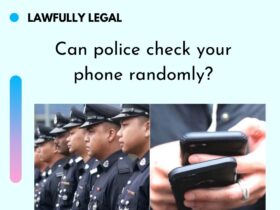Accepting check payments from customers may increase your chances of making a sale, but it comes at a price. If you receive counterfeit checks or checks from people with insufficient funds, you may have to deal with bank fees, wasted time, and lost money. To avoid these bad check nightmares, follow some standard precautions for accepting checks.
1. Make sure all the parts of a check are there
Payer name and address
Payee name (i.e., you or your business)
The amount being paid is written out
Bank information (e.g., name, logo, website, address)
Note about the purpose of the payment
The bank routing number
Check number
Date
The amount being paid, in numbers
Payer’s account number
Payer’s signature
2. Keep an eye out for key security features
Check stock paper (heavier than regular paper)
Perforated edges (at least one)
Smudge-free ink
Watermarks
Special fonts for the routing, account, and check numbers at the bottom
The words “ORIGINAL DOCUMENT” on the back
3. Ask the customer for an ID
4. Get the customer’s contact information
5. Be a stickler about signatures and dates
Another precaution you can take when accepting checks is to require the customer to sign it in front of you. A pre-signed check could indicate that it’s stolen or counterfeit.
You can also require customers to date the check with the current date. That way, you don’t have to worry about waiting to cash the check.
6. Try to limit checks to local banks
According to the Federal Trade Commission, another way you can limit accepting bounced or counterfeit checks is by accepting them from banks with local branches.
By only accepting checks from local banks, you can go in person to verify the check is legitimate.
7. Use a check verification service
If you’re worried about accepting check payments, you might decide to use a check verification service. You can use a verification service to avoid accepting fake checks or checks from account holders with insufficient funds.





Leave a Reply
View Comments